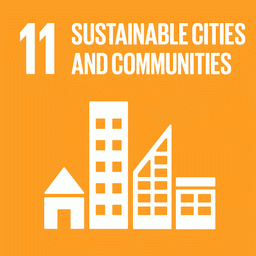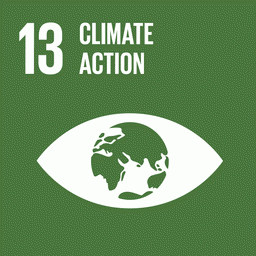Karina Custódio*
Some 46 indigenous lands have been affected by 761 illegal activities, as recorded by SOMAI-ACI(Indigenous Amazon Observation and Monitoring System and Indigenous Climate Alert application). Together, the territories affected cover 33 million hectares. The data covers the period from January 2021 to November 2023 and is included in the first edition of the PROTEJA Bulletin, a publication from the PROTEJA initiative that disseminates the results of actions and research in favor of preserving protected areas.
Of the alerts registered, 20.8% were for fire, the second most reported illegal activity in the System, followed by trespassing (15.2%) and illegal fishing (12.3%). The “other” category accumulates the largest number of records (21%), an option chosen by those who create the alert if it doesn’t fit in with the other eight infractions. The majority of alerts with available data (455) were registered in 2023.
Roiti Metuktire, territorial management coordinator at the Raoni Institute, says that thanks to the use of the ACI, his organization was able to report invasion and drug trafficking on two indigenous lands. The monitoring carried out by the Institute was enhanced by the geographical information provided by the app, which was passed on to the police forces, guaranteeing the success of operations to seize drugs and protect the territories.
Traditional land use
As well as entering threats to native territories, the 972 users of SOMAI-ACI can register the traditional uses made of the territory. In all, 480 records of use were made in the period, 42% of which were for villages, followed by “other” activities (21.2%) and swiddens (13.9%). Ray Pinheiro, a researcher at IPAM (Amazon Environmental Research Institute), explains the advantages of registering the traditional uses of the territories. “These records can help in the management of natural resources, in the development of projects and even in the protection of sacred areas that need to be respected.”
SOMAI-ACI
The SOMAI-ACI system gathers, records and disseminates data and information on indigenous territories in the Amazon. The tools were developed by IPAM at the request of indigenous partners such as COIAB (Coordination of Indigenous Organizations of the Brazilian Amazon), CIR (Indigenous Council of Roraima), IR (Raoni Institute), COCALITIA (Commission of Chiefs and Leaders of the Araribóia Indigenous Land) and FUNAI (National Foundation of Indigenous Peoples).
PROTEJA Bulletin
The PROTEJA newsletter is an online publication that disseminates the results of effective actions to preserve protected areas. Any person or organization can contribute to the newsletter: just send an email to coord_executiva@proteja.org.br.
Carolina Guyot, a research analyst at IPAM and PROTEJA’s executive coordinator, explains that those who collaborate with the bulletin have the opportunity to disseminate their work and data quickly, easily and accessibly to a network of more than 30 organizations and 600 people registered in the PROTEJA library.
The PROTEJA Bulletin is an initiative of PROTEJA in collaboration with IPAM, WSC (Wildlife Conservation Society) in partnership with USAID (United States Agency for International Development), NORAD (Norwegian Development Agency) and the Charles Stewart Mott Foundation.
This action is being carried out as part of the Conserving Together project, the aim of which is to strengthen the capacities of civil society actors to lead efforts to conserve biodiversity and prevent environmental crimes in the Amazon.
This is possible thanks to the generous support of the United States for International Development (USAID). The contents are the responsibility of IPAM and do not necessarily reflect the views of USAID or the United States Government.
*IPAM journalist
Cover photo: Lucas Itaborahy

